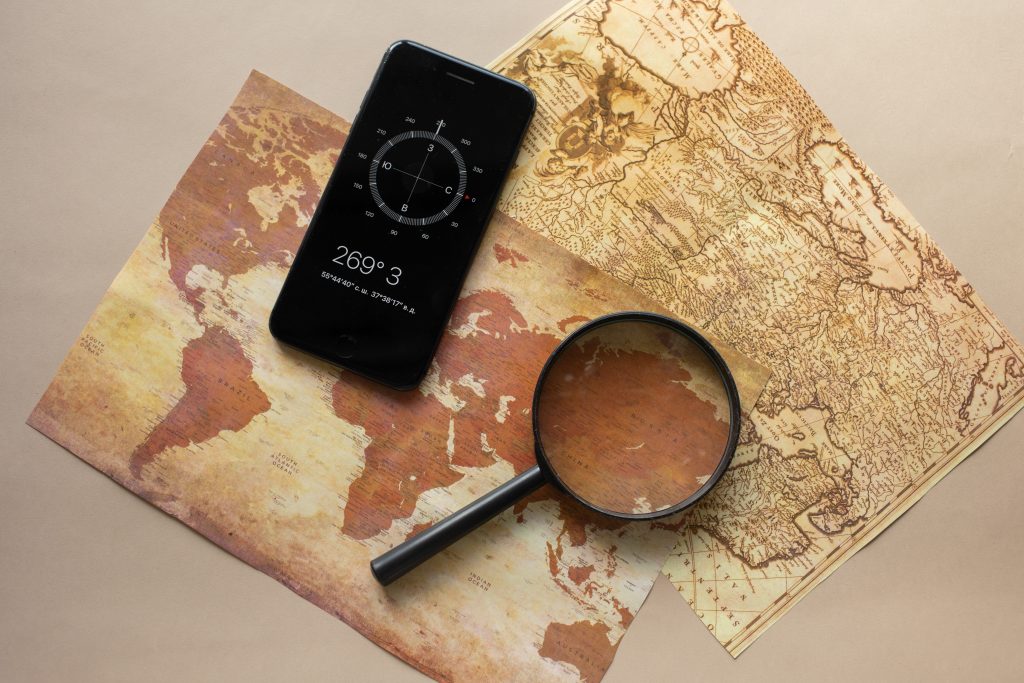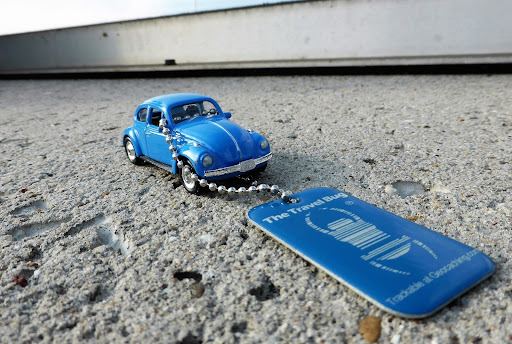Do you want to find hidden treasure?
When you were a child, did you ever pretend that you had a map to some long lost hidden treasure that would take you on a grand adventure across distant lands? I know I did. My friends and I could spend hours on a bright, warm, Saturday afternoon exploring the neighborhood looking for mysterious treasures. We would invariably find the odd item or two lost and buried in the dirt. We would return home with our little treasures. Those are some of my favorite childhood memories. Years pass and you get older, but, for many of us, that desire to explore and discover hidden mysteries doesn’t quite go away. If you share that need to get out, explore the world, and find a bit of buried treasure, grab a smartphone, a map, and follow me outside while I introduce you to Geocaching.
What is Geocaching?
So, what exactly is Geocaching? Geocaching is, at its simplest, a global 21st century treasure hunt with millions of active caches world wide. Seekers can use a GPS enabled smartphone or a GPS receiver to follow online clues to discover hidden caches. Geocaching has been around since 2000 and has several different variations, but most are pretty similar. To get started, all you need to do is create an account on one of several geocaching websites, use either an app on your phone or a GPS (a paper map of the area is also recommended), and pack some basic supplies for a hike such as water, rain gear, and snacks for the trail.
What are Caches?
Caches are the treasure chests of the geocaching world. Caches are typically small, waterproof containers with a log book, a pen or pencil, a variety of small, inexpensive trinkets, and possibly Geocoins or other trackable items. Geocoins are fun and unique little objects. They are created by either groups of geocachers or an individual and act as a “signature item” for the group or individual. They each have a unique tracking ID, and the Geocoin’s journey can be traced as it moves from seeker-to-seeker and cache-to-cache. Trackable items may be almost any kind of trinket that will have a tracking tag attached to it. You will be able to go to the Geocaching tracking page to look up the tracking number and see where the item has been and where it ultimately needs to go. Etiquette with trackable items is that if you take a trackable item from a cache you are agreeing to move it along toward its final destination.
Caches are hidden, but should not be buried. That is not to say that caches are out in the open. They can be camouflaged, so keep a keen eye out! Care is also taken not to put them in dangerous places. The object here is to get seekers out to explore the world – not to endanger anyone or to disturb the environment. Seekers should always respect the environment as they search. It is also customary to pick up litter as you search for hidden caches, and not to leave behind any of your own.
When you discover a cache it’s ok to remove it from its hiding place and move away while you explore its contents. Be discreet if you see others in the area looking for the same cache, so as to not give away its location. Be sure to sign the logbook or sheet in the cache to let other hunters know that you were there. Look at the treasures hidden inside, and if you choose to take a treasure from the cache be sure and leave something of your own behind so that cache can continue forward. Also, return the geocache to its original location (don’t try to make it easier or harder to find), so that the next person hunting can find it too. And don’t forget: log your find on the website, too!
Why Geocache?
So you may be wondering why people worldwide are geocaching. As I explained earlier, the contents of the caches are all relatively inexpensive, so this treasure hunt is not going to make you rich by any means. Geocaching is about recapturing a little bit of the childhood sense of adventure. It’s the journey that makes it worth time. It is a fabulous way to explore your world. It can take you to places that you would never have ordinarily explored. You can interact with the online community and meet people from around the world who share your passion for getting out and exploring. Whether you choose to geocache on your own or with friends and family, it’s a great way to learn more about the environment that you live in, get a bit of exercise, and develop a few skills all while finding hidden treasures.
If you are interested in learning more check out this check out these links for more information.
And to get started on your own treasure hunt you can sign up for a free account with Geocaching and give it a try.
Happy Treasure Hunting!
To connect with GEO Jobe directly please shoot us and email at connect@geo-jobe.com





